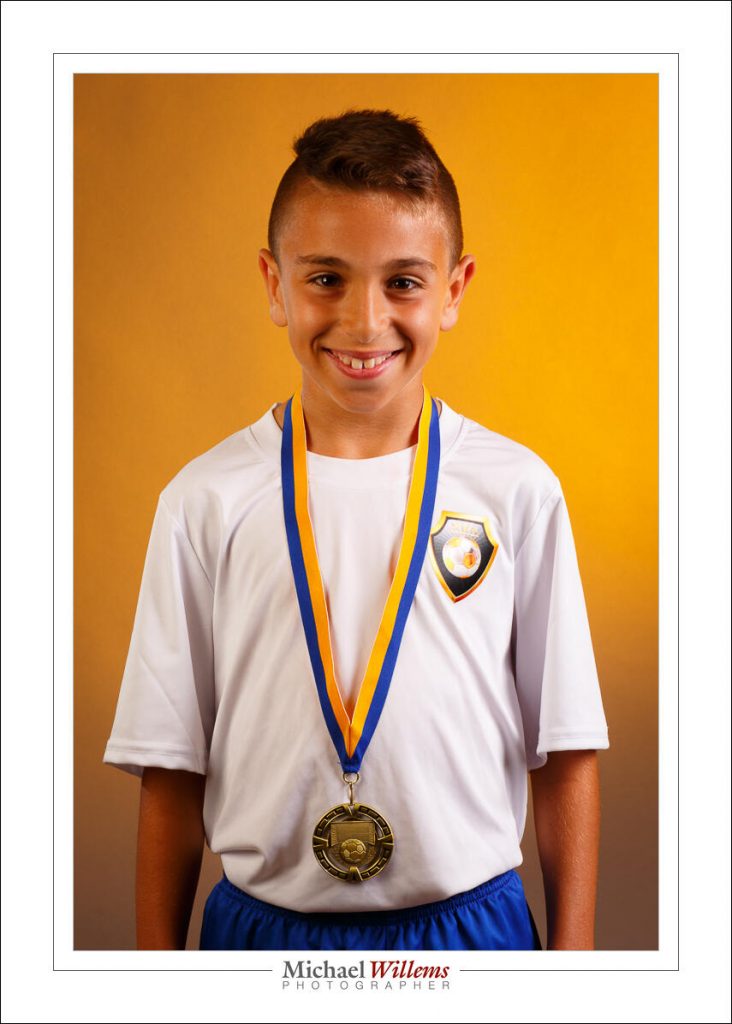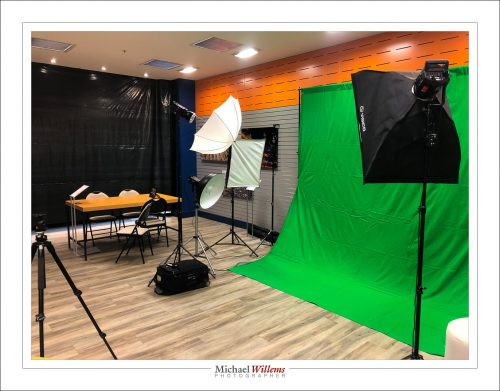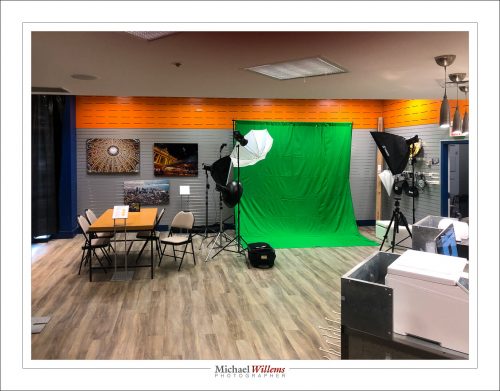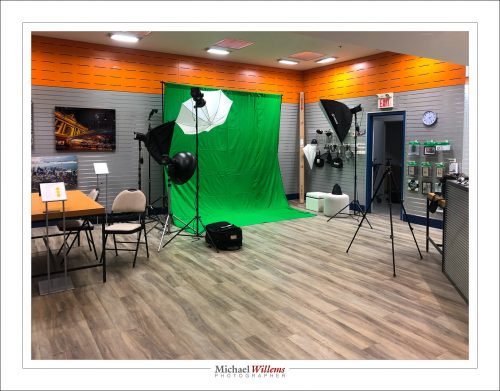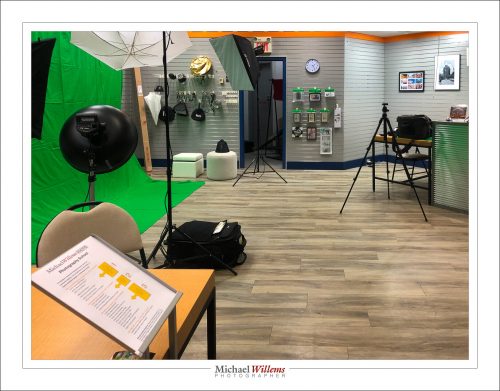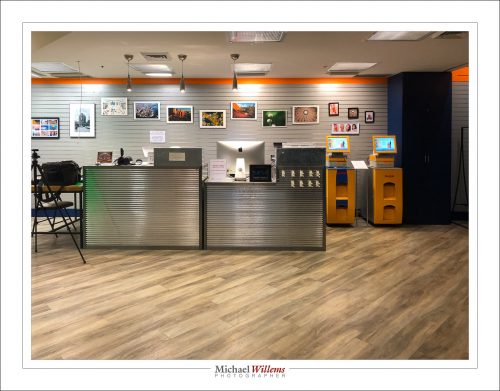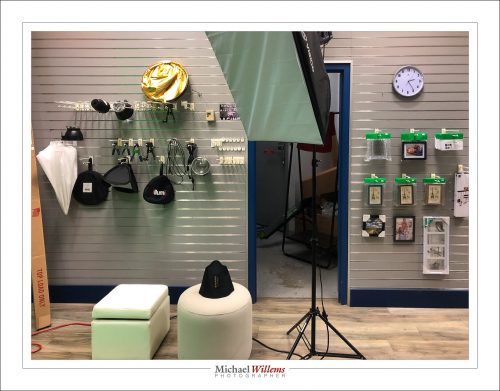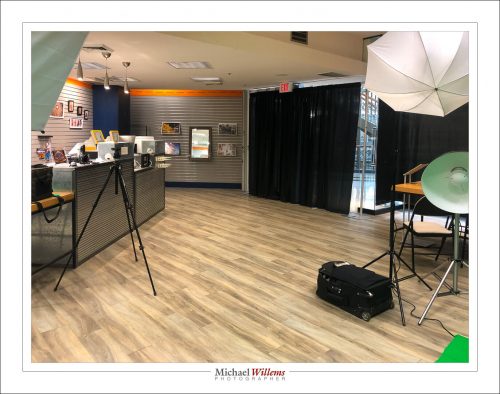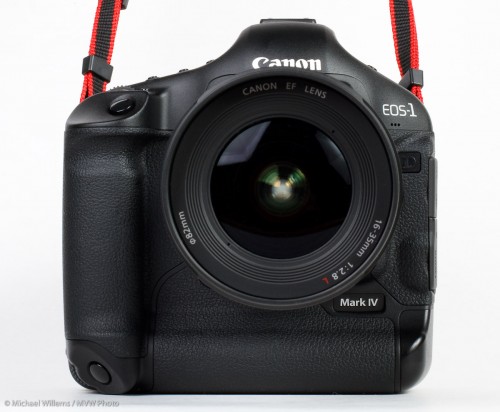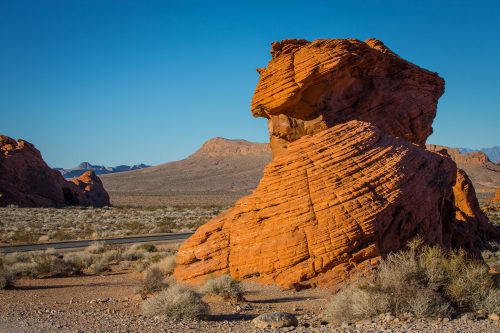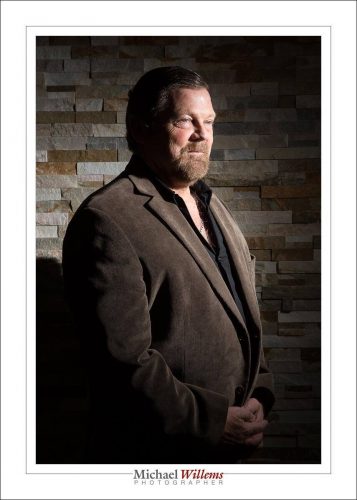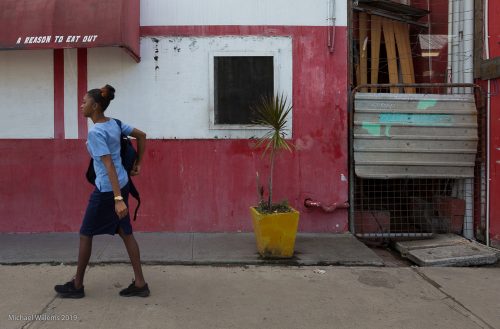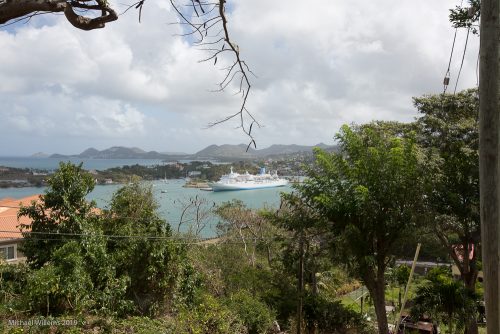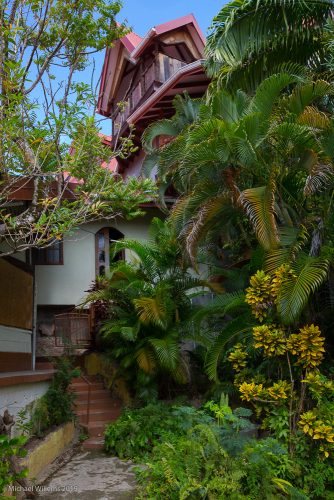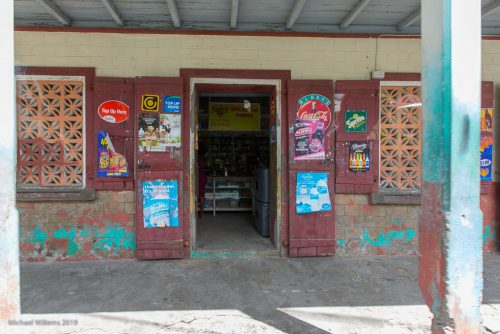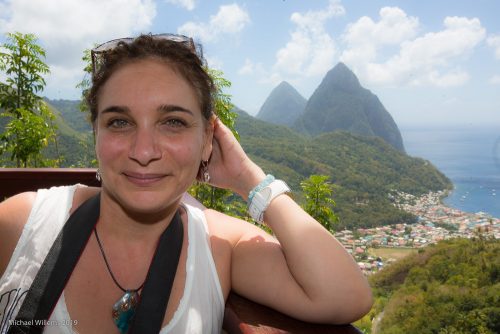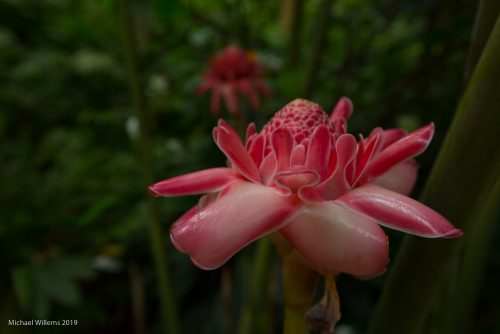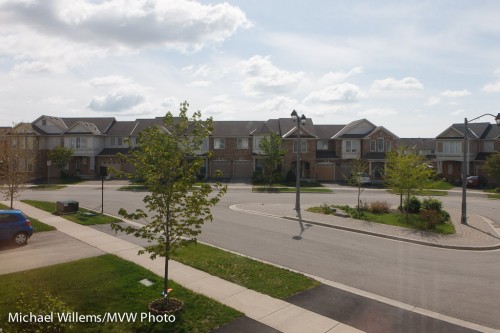I see a lot of photography every day, and every day I am reminded of the way Black and White, or B&W, can work so very effectively—and of the fact that this seems almost a forgotten art. Even in landscapes:
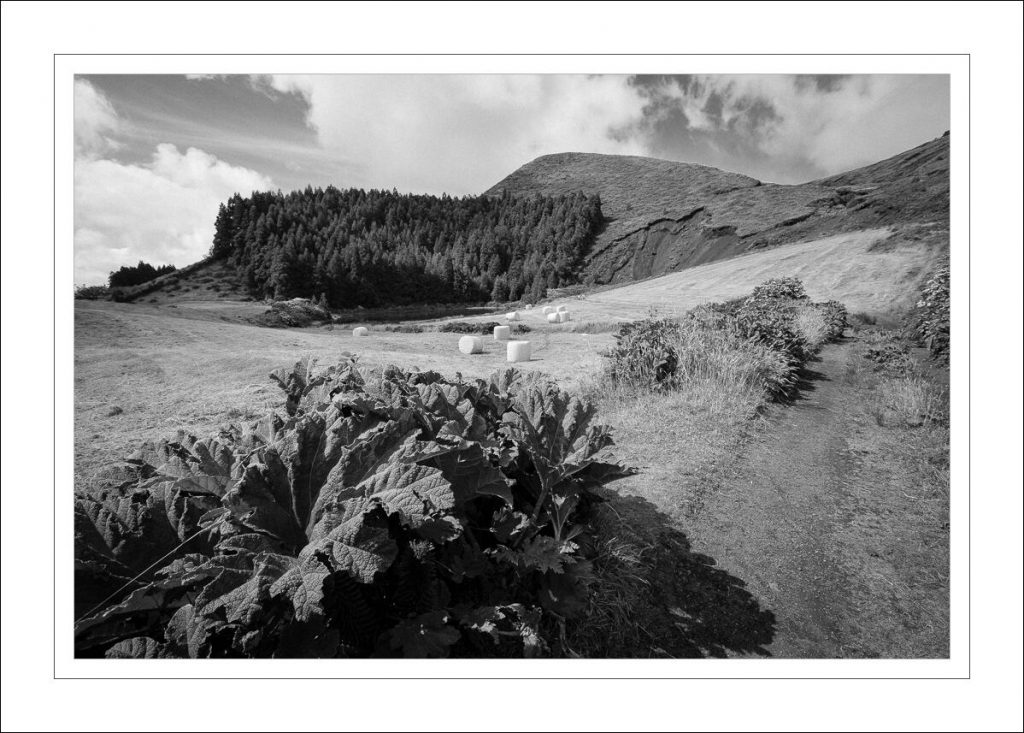
…or in storytelling Wall Art:
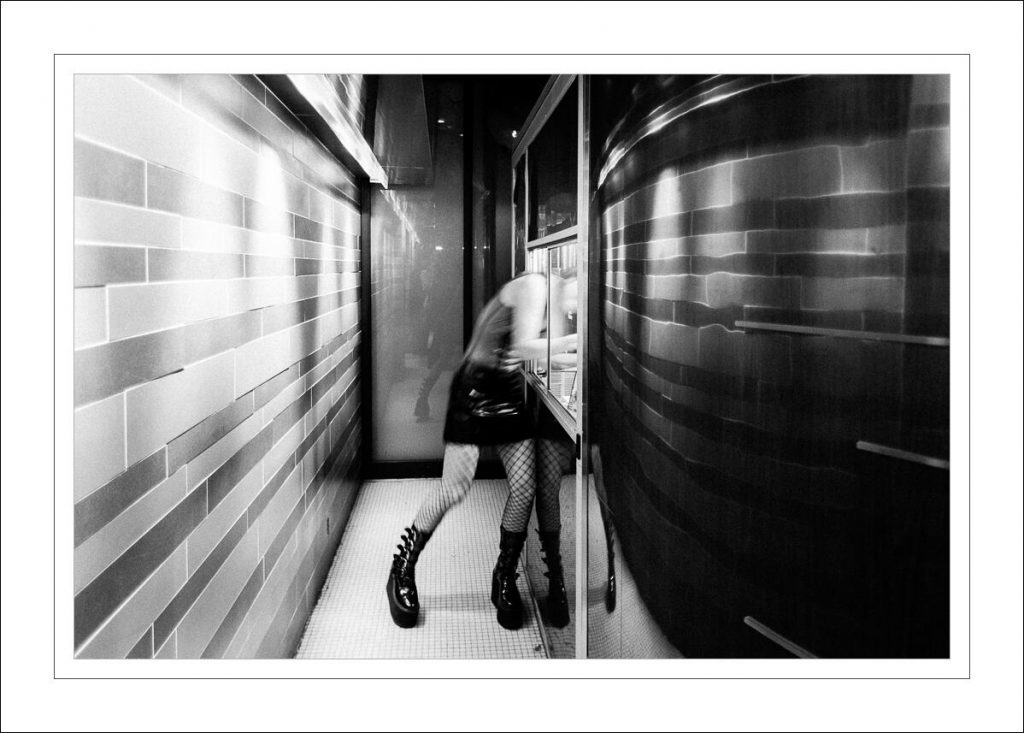
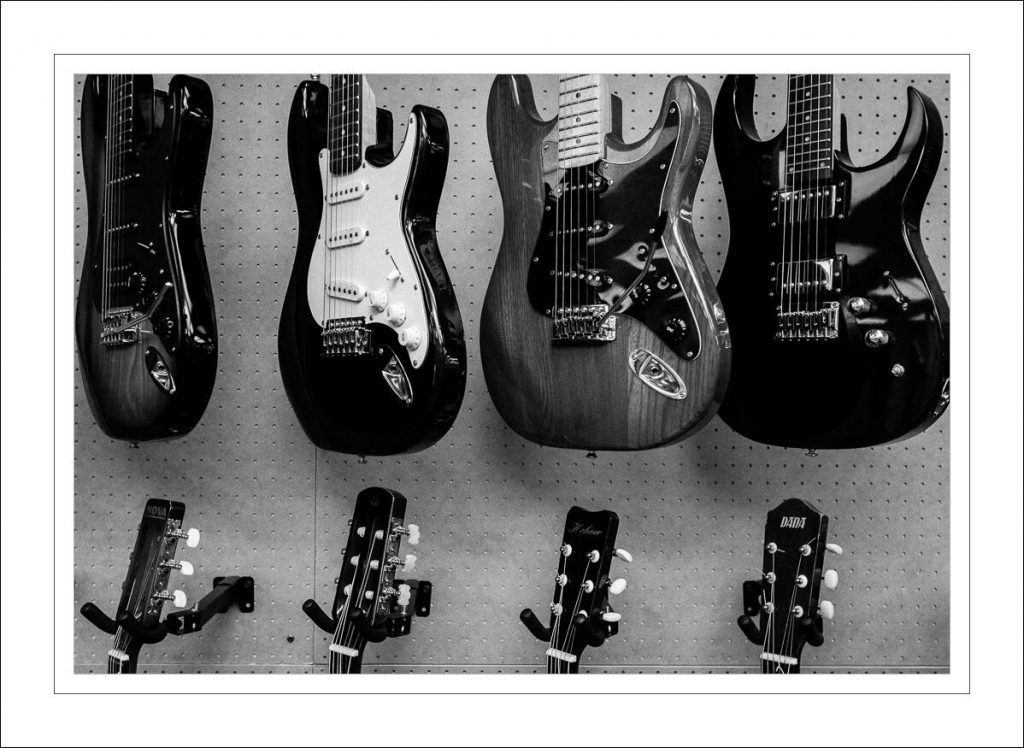
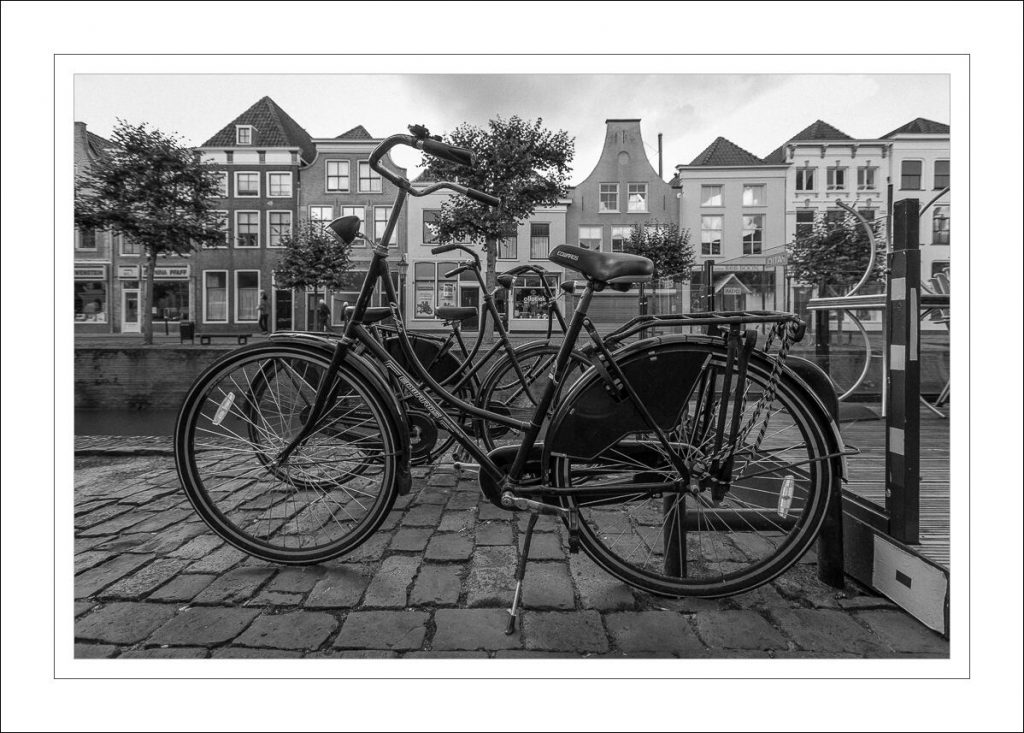
..or in so much else. Everywhere where colour is distracting. Where colour isn’t the story. Or where colour tells the wrong story.
So how do you do it? Well – set your picture style to B&W but shoot RAW. That way you can see a rough preview in B&W but do the actual conversion in post (Lightroom comes to mind as an excellent tool).
However you do it: When you shoot, try some B&W and see how powerful it can be.

